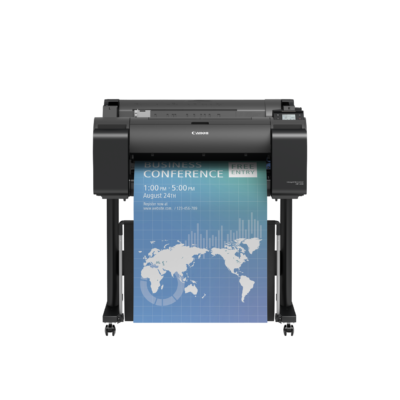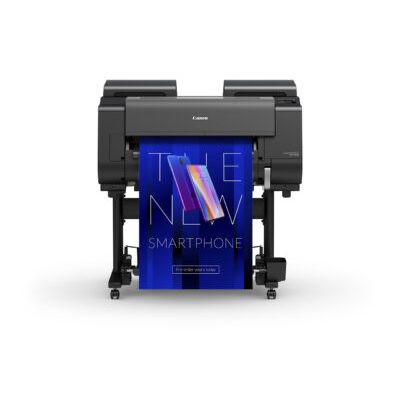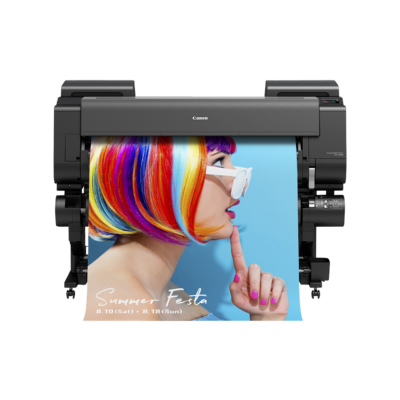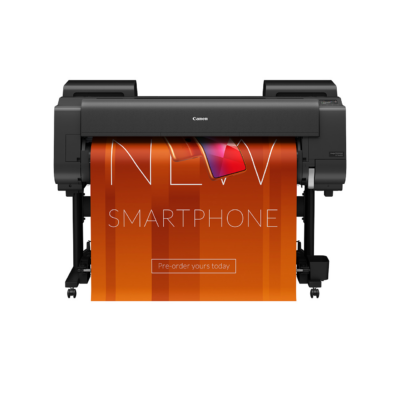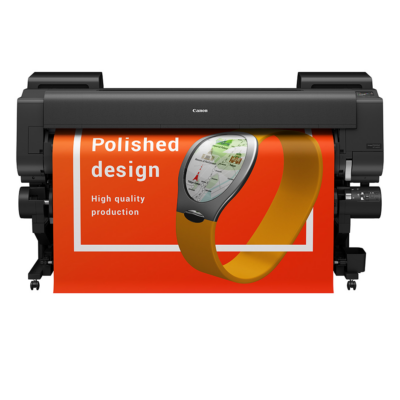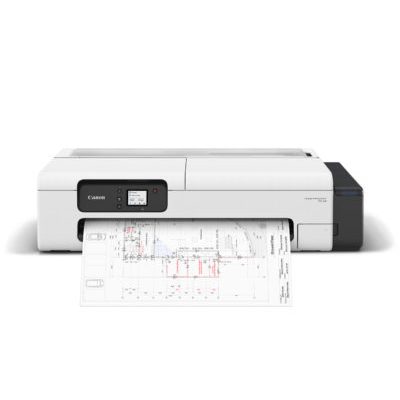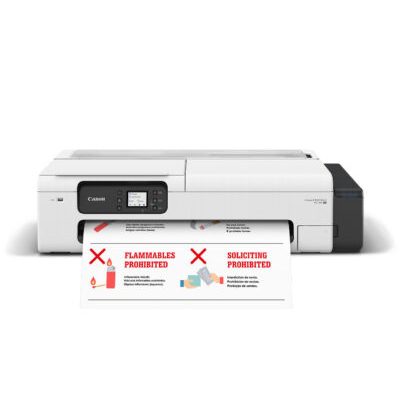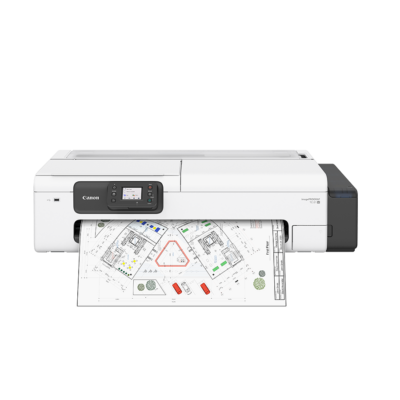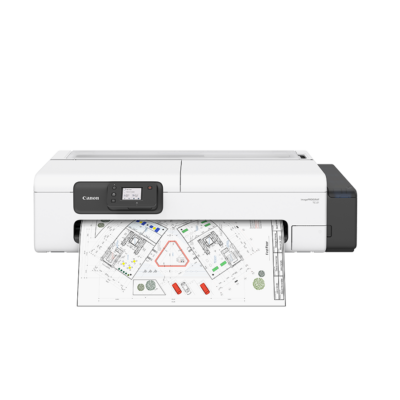High-impact tips for refining your sign’s design
If you’re printing a large format sign for your business, it must be because you have something to tell people. But to tell people that something, they first have to notice your sign. That’s not just a matter of size; you’ll also need an eye-catching design—with a palette of contrasting colours, pithy on-brand messaging, and potentially even some dynamic imagery. Though creative sign making is more art than science, there are definitely some tried-and-tested ways to boost its impact. Consider these tips to help your sign to better stand out from its surroundings.
Get to the point
You may have put hours of thought and hard work into the design of your sign, but the reality is that most people will only see it for a couple of seconds. So it has to convey its message in as few words as possible. If that message is simply the name of your business, then great, you’re all set. If your needs are greater than that, just make sure they’re not too much greater: Try to limit your messaging to a concise call to action plus a URL or phone number. Assuming your sign is sufficiently compelling, viewers will be motivated to learn more by engaging with your organization through the contact information on the sign.
Don’t get fancy with fonts
Once you know the words you want on your sign, it’s crucial to use a typeface that will convey them with strength. Sans serif fonts are typically best suited for the task. Even if they may not strike you as the most “creative” choice, they’re easy to read quickly and at a distance. Likewise, avoid the temptation to get fancy with multiple font styles and text sizes: Too much variance can make your design seem disjointed.
Make an impression with reversed lettering
Websites, office memos, newspapers, restaurant menus… The majority of a person’s daily reading material consists of dark text on a light background. So signs that invert this colour scheme tend to stand out. Think of a stop sign, for example: Its white-on-red design has literal stopping power. A large, full-bleed field of colour with white (or light) text may require a bit more ink to produce, but its aesthetic impact is undeniable.
Above all else, be visible
Whether you’re printing a relatively small 18” x 24” placard or a big 24” x 96” banner, your sign needs to be seen. Consider its intended location—and the distance from which your audience will be reading it. A good rule of thumb: For every 10 feet of viewing distance, you’ll need one inch of letter height. And make certain that those letters have room to breathe. Even if they’re sizeable enough to be seen from afar, jamming together letters (or words) too tightly will make them harder to read for many potential customers.


